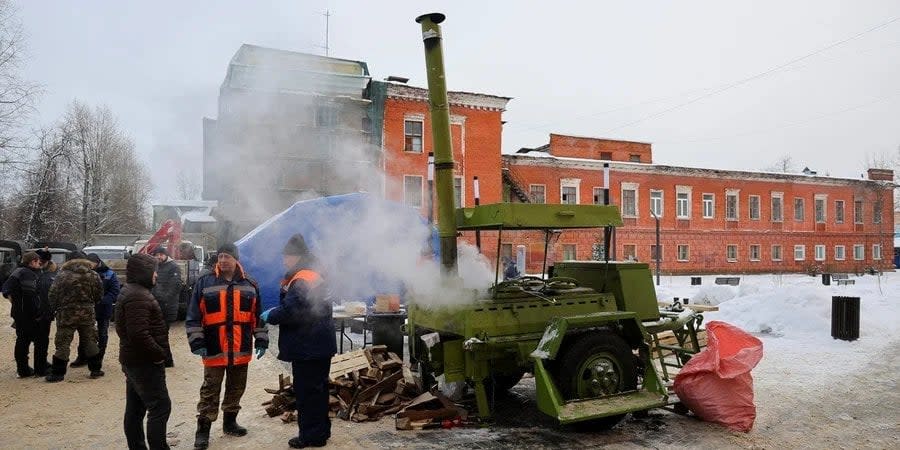Moscow Oblast residents endure freezing homes amid heating crisis

The Kremlin has cut housing and utility budgets every single year since the start of the full-scale invasion of Ukraine, explaining why many Moscow Oblast residents are complaining of unheated apartments during a -20 degrees C frost, Lithuania-based Russian economist Igor Lipsits said in an interview with NV on Jan. 10.
In 2023, 856 billion rubles ($9.6 billion) were allocated on housing and utility services from the federal budget, 818 billion ($9.2 billion) were planned for 2024, and 455 billion ($5.1 billion) for 2025. In 2026, the sum plummets to 360 billion rubles ($4.1 billion).
Read also: Substation fire plunges Moscow districts into darkness amid frigid temperatures
“And compared to 2022, this is an even more significant drop,” Lipsits says.
“They (the Russian government) are taking money from this civilian category for the war. The Russian government slashes everything it can. They are cutting housing and utilities because they don’t care about anything else. What’s the point? To get by somehow. That’s why I expected a chain reaction of disasters to start around 2026. But, you see, it started earlier. The wear and tear was long ago. Less money is spent. But things started exploding, bursting, and spilling.”
The infrastructure in Moscow Oblast was not initially intended to service quite as many people as it now does, Lipsits noted, explaining that the area was historically a suburban, agricultural belt around Moscow. But over the past 20 years, everything changed: an enormous amount of people have moved to Moscow city and the oblast, and all the new housing has put an unbearable strain on the infrastructure there.
Read also: Russian occupation brings humanitarian crisis — problems with water supply, heating, and medicines
“According to various estimates, somewhere between 10 and 12 million people live in Moscow Oblast,” said Lipsits.
“In Moscow, it’s about 15 million. The housing and utility services systems were not designed for such a mass of people.”
“And sometimes it is absolutely striking how it works,” the economist told NV.
“Let me tell you an amazing story. My friends used to live in Rublyovka (a prestigious residential area in the western suburbs of Moscow), they had a mansion there. It was an elite village, full of ministers. (Russian Minister of Defense Sergei) Shoigu lived next door to them for a while. And their heating went out. They began to investigate. And it turned out that this whole neighborhood was powered by the boiler house of a local stud farm. A stud farm! Oh, come on!”
The stud farm began to turn off the boiler room after it encountered financial issues, leaving the mansions and luxe residences surrounding it without heat.
“This is how utility services in Russia work,” Lipsits explained.
We’re bringing the voice of Ukraine to the world. Support us with a one-time donation, or become a Patron!
Read the original article on The New Voice of Ukraine

